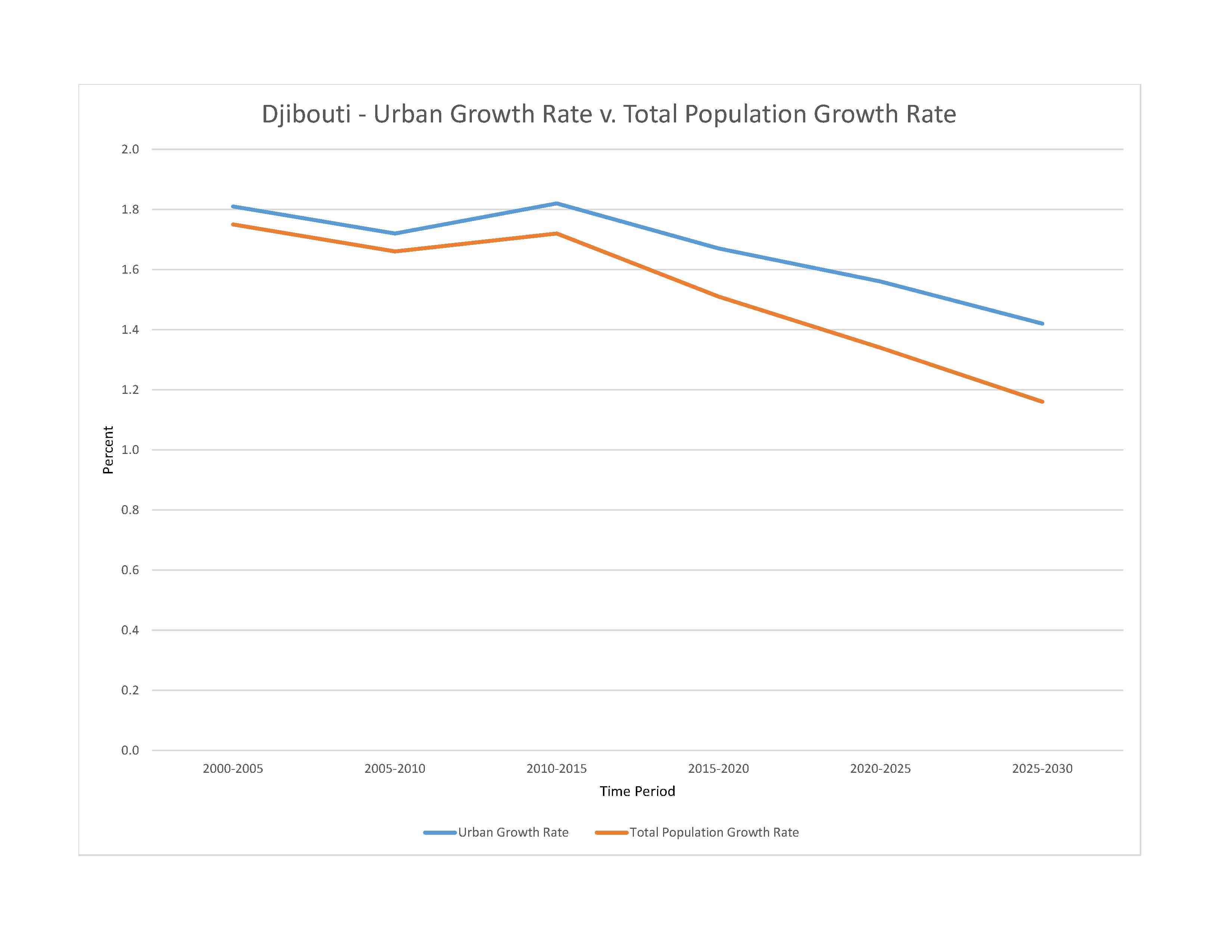
inadequate supplies of potable water; water pollution; limited arable land; deforestation (forests threatened by agriculture and the use of wood for fuel); desertification; endangered species
party to: Biodiversity, Climate Change, Climate Change-Kyoto Protocol, Climate Change-Paris Agreement, Comprehensive Nuclear Test Ban, Desertification, Endangered Species, Hazardous Wastes, Law of the Sea, Ozone Layer Protection, Ship Pollution, Wetlands
signed, but not ratified: none of the selected agreements
desert; torrid, dry
agricultural land: 73.4% (2018 est.)
arable land: 0.1% (2018 est.)
permanent crops: 0% (2018 est.)
permanent pasture: 73.3% (2018 est.)
forest: 0.2% (2018 est.)
other: 26.4% (2018 est.)
urban population: 78.6% of total population (2023)
rate of urbanization: 1.56% annual rate of change (2020-25 est.)

widespread lack of access:due to unfavorable weather and high food prices - about 250,000 people were estimated to have faced acute food insecurity between March and June 2023, mainly due to the lingering impact of a prolonged and severe drought between late 2020 and early 2023, and high food prices (2023)
0.26% of GDP (2018 est.)
0% of GDP (2018 est.)
particulate matter emissions: 19.98 micrograms per cubic meter (2019 est.)
carbon dioxide emissions: 0.62 megatons (2016 est.)
methane emissions: 0.52 megatons (2020 est.)
municipal solid waste generated annually: 114,997 tons (2002 est.)
salt water lake(s): Abhe Bad/Abhe Bid Hayk (shared with Ethiopia) - 780 sq km
municipal: 20 million cubic meters (2020 est.)
industrial: 0 cubic meters (2017 est.)
agricultural: 3 million cubic meters (2017 est.)
300 million cubic meters (2020 est.)
NOTE: The information regarding Djibouti on this page is re-published from the 2024 World Fact Book of the United States Central Intelligence Agency and other sources. No claims are made regarding the accuracy of Djibouti 2024 information contained here. All suggestions for corrections of any errors about Djibouti 2024 should be addressed to the CIA or the source cited on each page.
This page was last modified 04 May 24, Copyright © 2024 ITA all rights reserved.